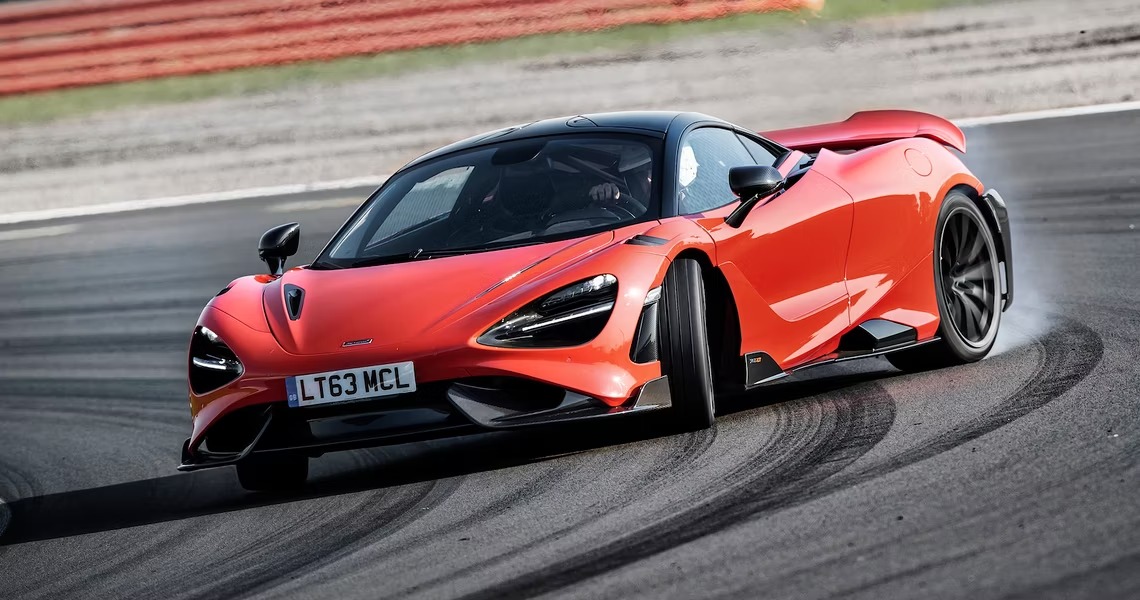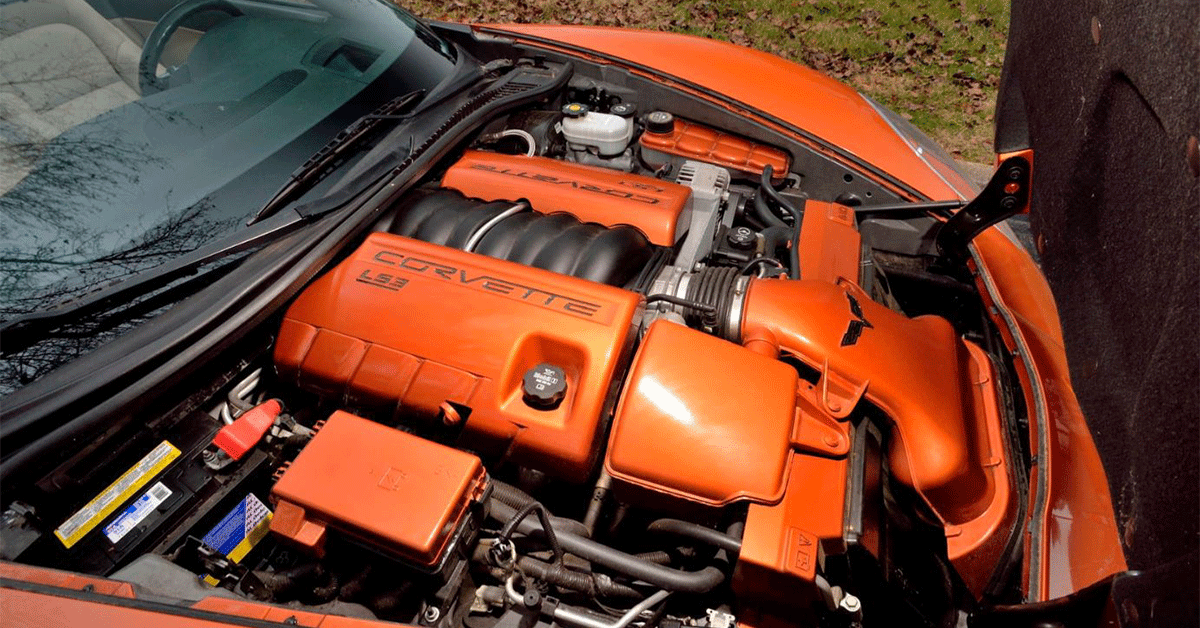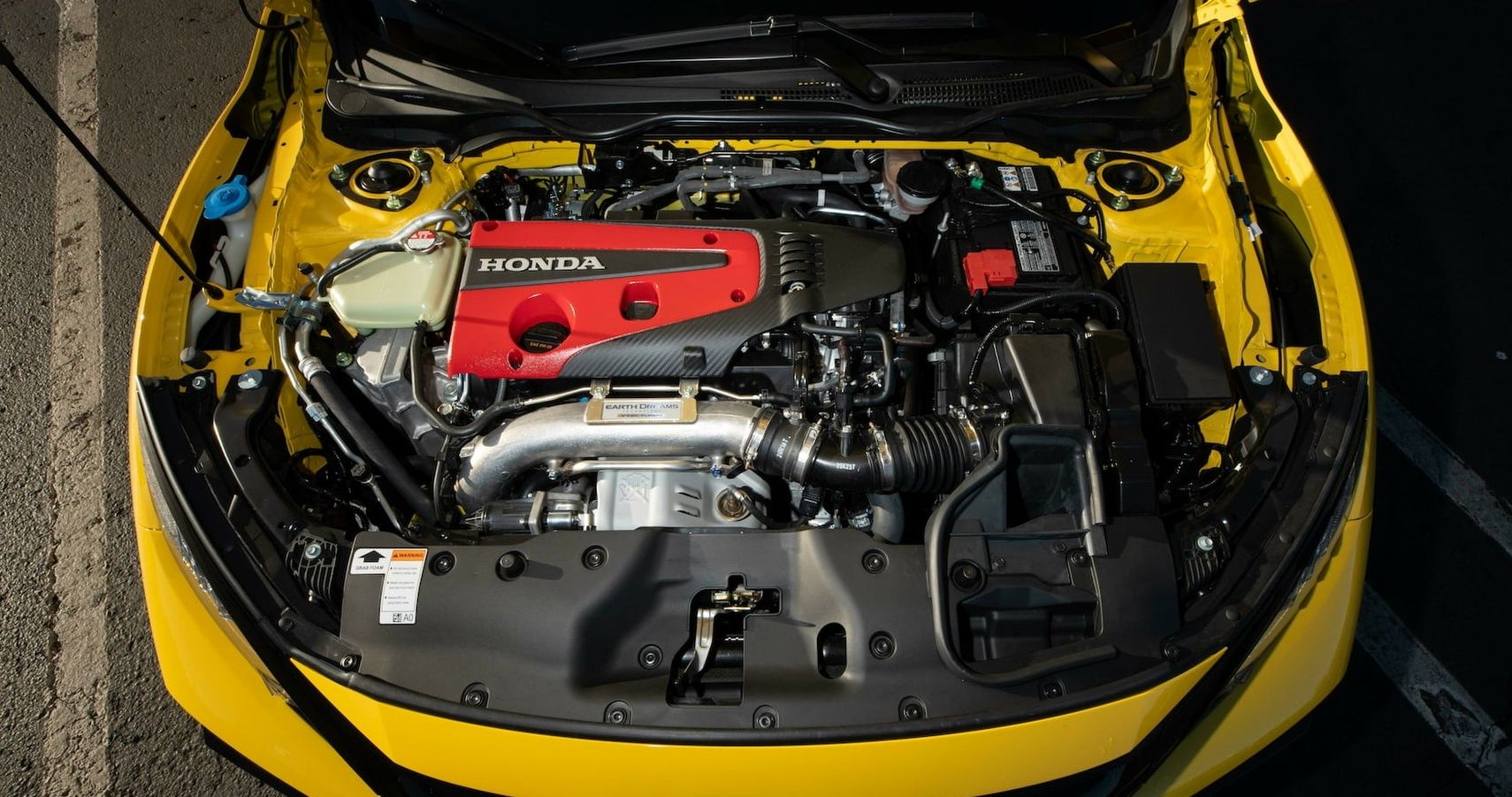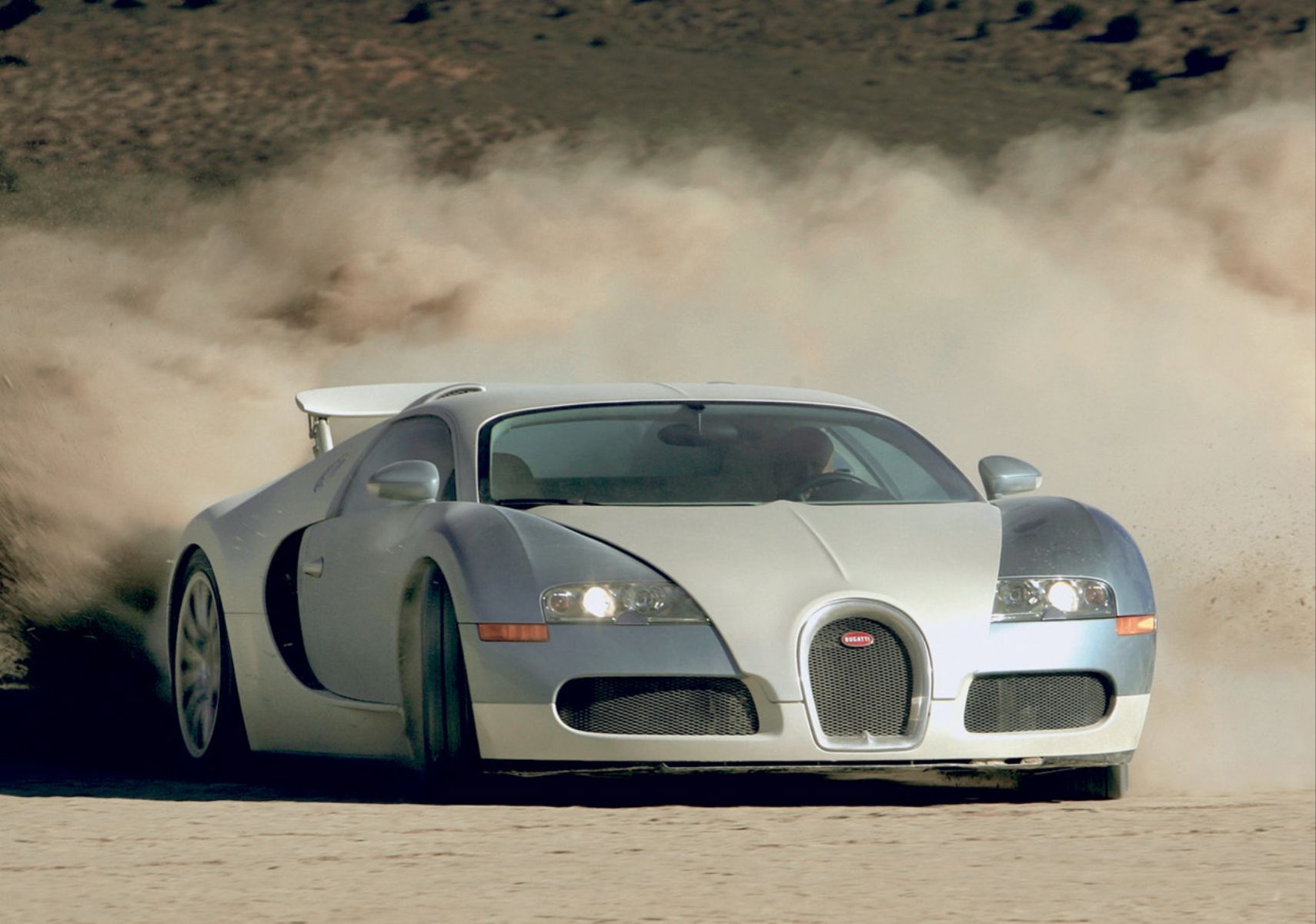Contrary to what you might think, a lot of people (including gearheads) sometimes confuse between hp and bhp.

Although the automotive industry has progressed quite a bit, certain things remain unchanged. For example, if you’re in the market to buy any vehicle, be it a sports car or a pickup truck, engine performance (horsepower, in particular) is an inevitable metric. Just as important, if not more, than the list of features and amenities.
However, there is a sense of ambiguity when discussing output. Is it engine horsepower (hp) or brake horsepower (bhp)? What about wheel horsepower (WHP)? What’s the difference between horsepower and torque? Are they all the same? Funnily enough, there are people who still don’t understand the difference between these commonly spoken car terms. Mind you, these people are not just your average Joe or Joanne but sometimes include actual car folks.
Many of us in the car community take these metrics/automotive jargon for granted. Stroll into a car dealership, and the salesperson (or even the mechanic) may not know how horsepower (hp) is defined or how it’s different from brake horsepower (bhp), PS, CV, or kW. Of course, it’s never a mandate to know about these car terms. But it wouldn’t hurt if you did, especially if you consider yourself a true gearhead.
How Do You Define Horsepower (HP)?
Let’s get straight to it. Horsepower is the unit measurement of power. Simply put, it’s the total amount of work done by that engine. Or, in other words, how much work the engine is capable of doing. The most common versions (in the automotive sector) are mechanical/imperial horsepower, electrical horsepower, and metric horsepower.
Measuring horsepower is most commonly done via a dynamometer, with mathematics taking care of the second half. What a dynamometer does is, it measures the torque output and RPM of the engine and plugs those numbers into the equation —torque x RPM/5252. Here torque is in pounds-feet, and RPM stands for “revolutions per minute.” The equation, however, is altered when metric measurements are used.
In reality, using horsepower without taking into account the losses involved makes little to no sense, as it’s an absolute figure. But that’s where brake horsepower comes in.
What Is Brake Horsepower (BHP)? How Is It Different From HP?
Brake horsepower (bhp) is very similar to hp. When calculating bhp, a brake-type dynamometer factors in the frictional losses from auxiliary engine pumps. Although it’s a relatively more reliable measurement, it still doesn’t take into account transmission and differential losses, otherwise called drivetrain losses.
In common practice, when people say hp, they’re, in fact, referring to bhp. The two units are almost the same. However, horsepower and torque are two different concepts. Horsepower (hp) is more commonly used in the United States, whereas bhp is favored across Europe and the UK.

Both units are determined using dynamometers. However, what makes them different is the process. Per older SAE standards, tests in the U.S were done without a few ancillary components attached to the engine, excluding the alternator, water pump, power steering pump, etc. However, the latest SAE net horsepower standard is similar to the UK’s DIN 70020 standards, with tests including all ancillary engine components. Thus, making it a more realistic calculation.
The difference between hp and bhp is almost negligible. One metric horsepower (which includes bhp, PS, and CV) is 735.49 watts (0.73 kW), whereas one imperial horsepower is exactly 746 watts (0.74 kW). This means 1hp (imperial) equals 0.986 metric horsepower. Although the difference may seem small, it becomes significant as the output increases. For example, 1,000 hp is equivalent to 986 bhp, a difference of 14 units. So make sure to use hp when you’re bragging about output.
What Does Wheel Horsepower (WHP) Stand For?
Just as it sounds, whp is the output measured at the wheels. Realistically, it’s the most useful figure when comparing horsepower, as whp factors in outside forces, such as friction and mechanical wear, a.k.a, drivetrain losses. Wheel horsepower is calculated using a chassis dynamometer, which is nothing but the dyno you see across various performance shops.
The general consensus is that whp is about 15% less than bhp, which means about 15% of the power is lost as friction or drivetrain loss. However, there are multiple factors to be considered, whether the car is manual or automatic, and front-wheel-drive (FWD) or all-wheel-drive (AWD). Automatic transmissions lose about 18-22% of the engine’s power, while an AWD drivetrain loses 20-25% of total output.
Which standard is the best? The most useful real-life metric here would be whp. But then again, it’s not perfect. For instance, you must’ve heard car folks debating whether the Mustang Dyno or Dynojet is more accurate. At the end of the day, these are just numbers. Realize that on a broader scale, horsepower is just a measurement interpreted differently across different parts of the world.











